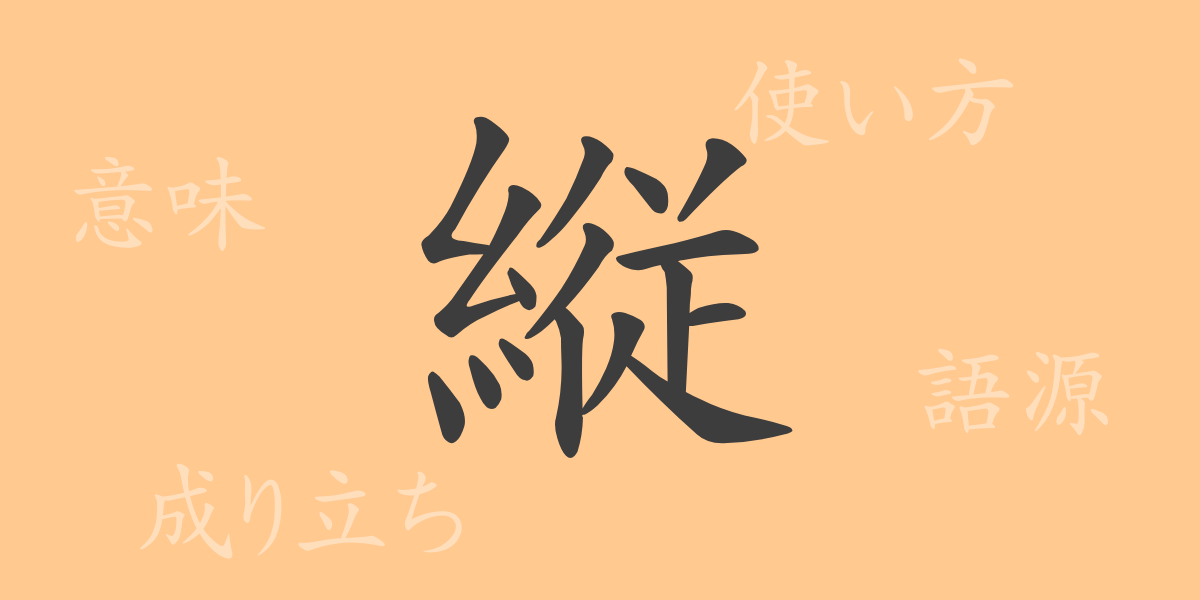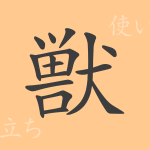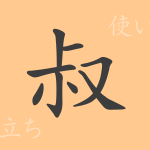Japan’s writing culture is deeply rooted in the unique kanji system. One of the commonly used kanji, “縦(たて, tate),” frequently appears in daily life. But how much attention have you paid to its history, meaning, and usage? In this article, we delve deep into the world of the kanji “縦(たて, tate),” exploring its origins, meanings, uses, and various expressions.
縦(たて, tate)の成り立ち(語源)
The kanji “縦(たて, tate)” evolved from ancient Chinese pictographs. Originally, it depicted threads arranged vertically, representing the warp threads in weaving. Over time, this character came to symbolize the abstract concept of vertical arrangement, leading to the modern form of “縦(たて, tate).”
縦(たて, tate)の意味と用法
The kanji “縦(たて, tate)” primarily indicates a “vertical direction from top to bottom” or a “vertical column.” It can also be used adverbially as in “縦に(たてに, tate ni),” meaning vertically. Additionally, it has metaphorical uses such as “freely” or “at will,” allowing for diverse expressions depending on the context.
縦(たて, tate)の読み方・画数・部首
Here are the basic details of the kanji “縦(たて, tate)”:
- 読み方: 音読みでは「ジュウ(じゅう, jū)」、訓読みでは「たて」と読みます。
- 画数: 全部で16画です。
- 部首: 部首は「糸(いと, ito)」(いとへん, itohen)です。
縦(たて, tate)を使った熟語・慣用句・ことわざとその意味
Expressions containing “縦(たて, tate)” are diverse, including the following examples:
- 縦横無尽(じゅうおうむじん, jūōmujin): Acting freely and without restraint.
- 縦断面(じゅうだんめん, jūdannmen): A vertical cross-section of a terrain or structure.
- 縦軸経営(じゅうじくけいえい, jūjikukeiei): A management style emphasizing vertical relationships within an organization.
- 縦目(たてめ, tateme): Long vertical eyes, or viewing things from only one perspective.
- 縦の糸には縦の目、横の糸には横の目(たてのいとにはたてのめ、よこのいとにはよこのめ, tate no ito niwa tate no me, yoko no ito niwa yoko no me): A proverb meaning that things vary depending on their position or conditions.
縦(たて, tate)についてのまとめ
The kanji “縦(たて, tate)” encompasses not only the linear, vertical image suggested by its shape but also concepts of freedom, management, and organization. Its use in Japanese reflects cultural, ideological, and social structures. Discovering the infinite possibilities from this single character in everyday life can be quite enjoyable.

























